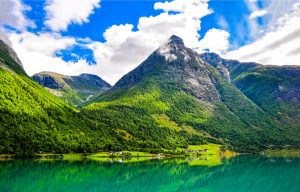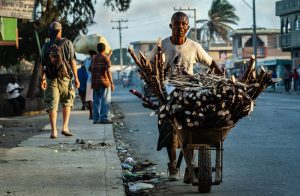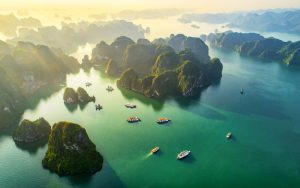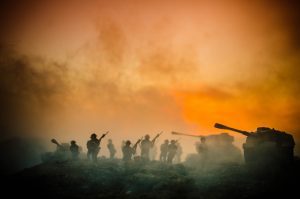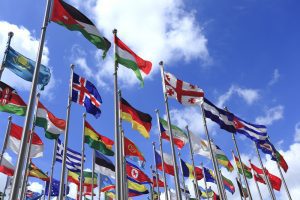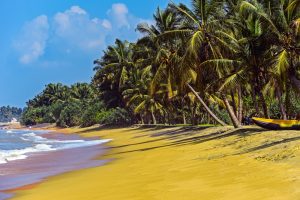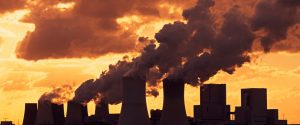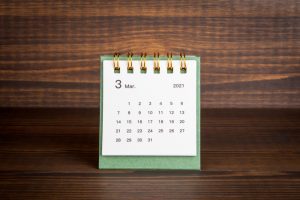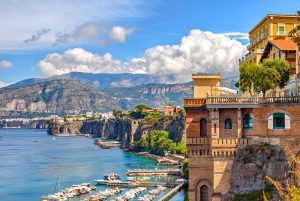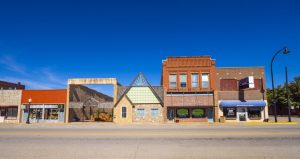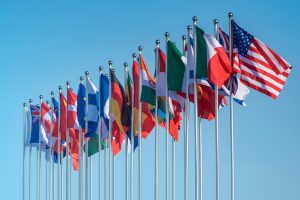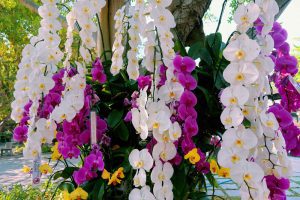Bangladesh is a country in South Asia and gained its independence from Pakistan on March 26, 1971.
Due to the war’s destruction of lives and property, Bangladesh emerged as a poor country.
Regardless, the population has grown so much that it is ranked number eight in the list of the most populated countries in the world.
Bangladesh is separated from Nepal and Bhutan by the Siliguri corridor. In addition, Sikkim separates the country from China.
Bangladesh is plagued by high poverty levels, corruption, adverse effects of climate change (especially flooding), illiteracy, authoritarianism, and demonstrations.
However, the economy is constantly improving, with the poverty rate significantly reduced (by half) since 2011.
Bangladesh is a country rich in history and culture. Let us examine some facts you never knew about this country.

Table of Contents
General Facts
- Official Name: People’s Republic of Bangladesh
- Total Population: 171,186,372
- Land Area: 147,570 km square
- Population Density: 1,156.84 people per square kilometers
- Capital: Dhaka
- Country Code: BGD
- Country Number/Prefix: +880
- Time Zone: UTC+06
- National Day: March 26
- Official Language: Bengali
- Religion: Islam, Hinduism, Christianity, and Buddhism
- Currency: Bangladesh Taka
- Highest Mountain: Keokradong (986 meters)
- Biggest Lake: Kaptai Lake (688 km square)
- Government: Unitary dominant-party parliamentary republic
- Official Website: https://www.bangladesh.gov.bd
- Primary Minister: Sheikh Hasina
- Member of NATO: No
- Member of EU: Yes
- National Song: “Amar Sonar Bangla”
20 Quick Facts about Bangladesh

- Bangladesh translates to “Country of Bengal.”
- Cricket is the most popular sport in the nation.
- The largest bay on earth is the Bay of Bengal, which spans 2,172,000 square kilometers; it is bordered by Bangladesh, India, Sri Lanka, Maldives, and Myanmar.
- About 700 rivers flow in the country; three of the biggest rivers in Asia can be found in Bangladesh.
- The national animal is the Royal Bengal Tiger, and its roar can be heard about three kilometers away; only 400 are left in Bangladesh.
- Bangladesh is the third largest Muslim community in the world.
- The national game in Bangladesh is Kabaddi.
- Jackfruit is the national fruit of Bangladesh.
- Cox’s Bazar in Bangladesh is the longest unbroken sea beach worldwide.
- Shapia, a white water lily, is the country’s national flower.
- The City of Mahasthangarh is the oldest in the country.
- About 75% of the population are farmers.
- The dominant religion in Bangladesh is Islam – about 88% of the population.
- Smiling often is a sign of immaturity. Therefore, you rarely find people from Bangladesh smiling.
- Rabindranath Tagore, an Indian, wrote the Bangladesh national anthem.
- Bangladesh is ranked second in the manufacturing of readymade clothes.
- Bangladesh has six seasons- Grisma (summer), Basaenta (Spring), Barsa (Rainy), Hemanta (late autumn), Sarat (autumn), and Shhit (winter)
- Dhaka is the capital and largest city in Bangladesh, also known as the city of mosques.
- The national dish is the Hilsha Fish Curry.
- The biggest central bank money heist was recorded in Bangladesh in 2016; hackers attempted to steal about one billion US Dollars.
10 Interesting Facts about Bangladesh
1. ORT can be traced to Bangladesh
Oral Rehydration Therapy was first created in the International Center for Diarrheal Diseases Research, Bangladesh, previously known as Cholera Research Labs in Dhaka.

This therapy has saved the lives of millions of children all over the world.
2. A very corrupt nation
Bangladesh is among the most corrupt nations in the world. It ranks 145 in a list of 176 countries from least to most corrupt.
Corruption in Bangladesh is usually in the form of embezzlement, bribery, service delays, rent-seeking, bureaucratic indulgence, pilfering, excessive lobbying, and irresponsible conduct.
A study by TI Bangladesh in 2012 reveals that 97% of 149 members of parliament were involved in illegal activities while 53.5% were in criminal activities.
3. Bangladesh is a climate-vulnerable country
Flash floods and floods are typical occurrences in Bangladesh. During the annual monsoon season, 80% of the country is prone to flooding.
In addition, storm surges and cyclones are responsible for devastating effects on the nation. As a result, there are salinity issues in the southeast coastal regions.
Consequently, many of the residents around the coastal regions have been forced to find new abodes due to the salinity and flooding.
The rising sea levels are another threat as it has displaced about 200,000 people from their homes.

Scientists fear that with the continued effect of climate change, Bangladesh may be overtaken with water by the end of the century.
4. Bangladesh is home to the largest delta and mangrove forest in the world
The Bengal Delta is situated on the coastline of Bangladesh. It is the largest river delta on earth.
The delta has arguably the most fertile soil in the world. Therefore, about 130 million people live near it.
These people depend on agriculture, so it is not surprising they chose to live here.
In addition, the largest mangrove forest in the world, the Sundarbans, is located here. It is a UNESCO world heritage site that spans 10,000 square kilometers of India and Bangladesh.
However, 60% of the mangroves are in Bangladesh.
The Sundarban Mangrove Forest is home to rare and exotic species like the royal Bengal Tiger, olive Ridley Turtles, estuarine crocodiles, water monitor lizards, and Gangetic dolphins.
Only a small number of these animals exist worldwide, and the Sundarban is home to them.
5. The third largest beach in the world can be found in Bangladesh
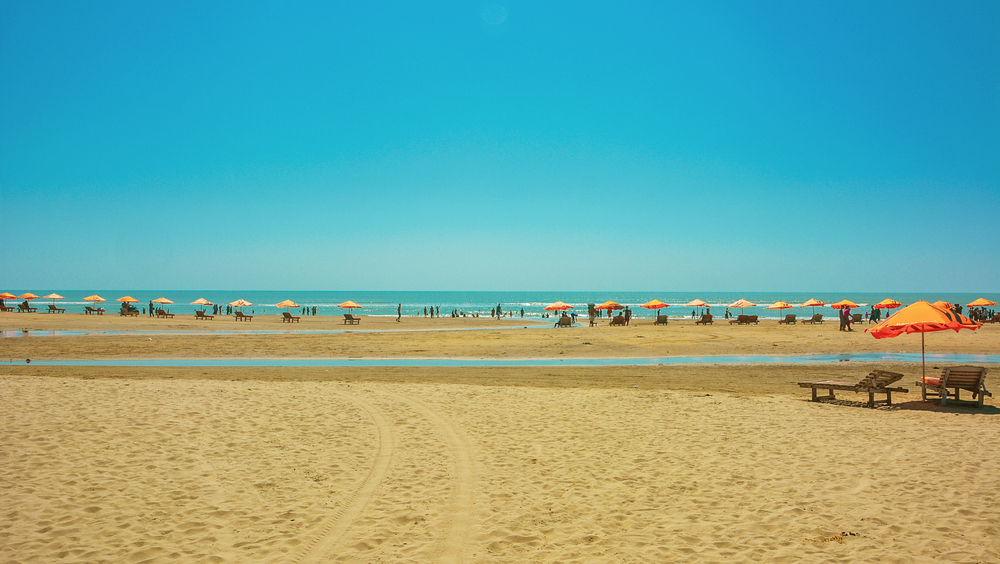
Cox’s Bazar beach is the third largest beach in the world. It is a continuous 75 miles of sand and water.
The name was coined by the founder of the beach, Captain Hiram Cox.
Various beach sections have names, such as Inani Beach, Humchari Beach, and Laboni Beach.
Remember that Bangladesh is a Muslim-dominated country. Therefore, a tourist visiting the beach should wear attire that covers them.
6. Textiles are the primary export industry
About 95% of products exported from Bangladesh are textiles, which include leather and knitwear.
The revenue generated from exporting products in Bangladesh is $39.2 billion. However, over 37 billion dollars comes from textiles.
7. Bangladesh is densely populated
Despite the war and the millions of lives lost, Bangladesh remains a densely populated nation.
The population density is approximately 1,156.84 people per square kilometer.
Bangladesh is number eight on the list of the most populated countries in the world. In addition, the capital, Dhaka, is the fifth most populated city in the world.
Some tourists may feel overwhelmed by this when visiting the country.
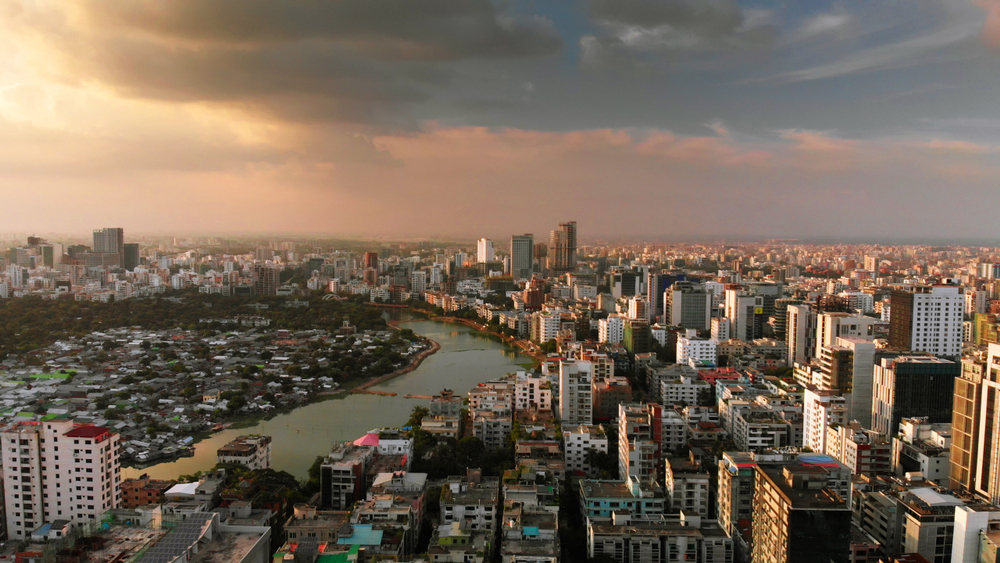
8. Bangladesh is a vegetarian country
Bangladesh is arguably the top vegetarian country in the world. The annual meat consumption per person in Bangladesh is 4kg.
Therefore, obesity is not an issue among the population. In fact, a study in 2017 reveals that Bangladesh ranks number three least obese countries after India and Vietnam.
9. Dhaka is described as the “city of mosques”
The dominant religion in Bangladesh is Islam. The fourth largest Muslim population across the globe can be found in this country.
Therefore, it is unsurprising that Dhaka, the capital, is described as the city of mosques.
The architecture of the mosques is exquisite and charming. Some of these stunning architectures include the Baitul Mukarram National Mosque, Saat Masjid, Chawk Mosque, and others.
10. Bangladesh was initially East Pakistan
Present Bangladesh was once a region in the Mughal Empire. However, Pakistan was later divided into two parts according to religion.
As a result, present Bangladesh was part of East Pakistan.
The Pakistani oppressed the people of Bangladesh and tried to suppress their culture. This led to the War of Liberation, which helped Bangladesh gain independence after winning the war in 1971.
Bangladesh Flag
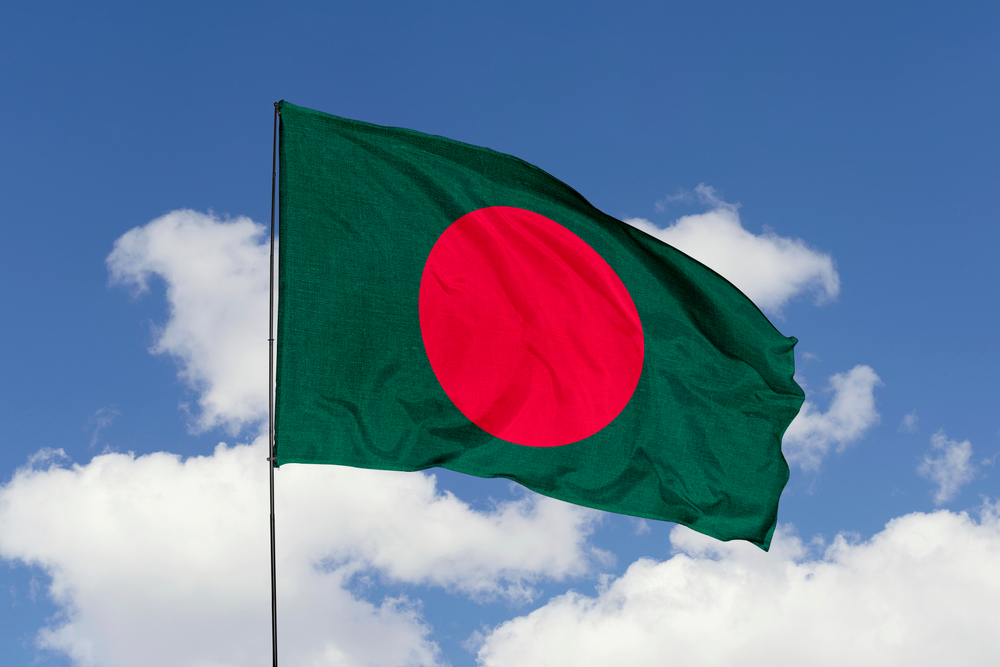
The Bangladesh national flag was adopted in 1972. It is made of two colors, green and red. The background of the flag is green, while a red circle is in the middle.
Green represents beautiful and fertile lands. In addition, green also represents hope and the importance of the youth.
On the other hand, red stands for two things – the blood of those who gave their life defending the nation and the rising sun.
Bangladesh Map
Bangladesh is situated in South Asia. This nation is a large delta consisting of three rivers – Brahmaputra, Ganges, and Meghna.
Therefore, it is often described as a nation of rivers.
Bangladesh occupies both the Eastern and Northern Hemispheres of the Earth. In addition, the country shares boundaries with India on the north and west, the Bay of Bengal on the East, and on the east with India and Myanmar.
Most Beautiful Places in Bangladesh
Bangladesh is not among the top countries visited by tourists in Asia. Dhaka is densely populated, which is a factor that discourages many tourists.

Another discouraging factor is the bad traffic, which is unavoidable. There is no adequate transportation infrastructure like traffic lights.
Regardless, Bangladesh is home to some locations that will leave you with memorable experiences.
Here are the best places to enjoy your time in this country:
1. Cox’s Bazar
Cox’s Bazar is one of the most beautiful places in Bangladesh. It is the longest unbroken sandy beach in the world with a length of 125 km.
In addition, this beach is arguably the most famous tourist destination in Bangladesh.
Cox’s Bazar is locally described as the “Panowa,” which means yellow flower. Another popular destination is the Wholesale Beautiful Fish Market, where you can get different fish.
In addition, tourists can go to the charming Buddhist monastery called Aggmeda Khyang for historical sightings.
Suppose you are looking for a place to unwind and enjoy nature. You can try visiting Cox’s Bazar. Make sure to plan a visit to the seaside town.
2. Sundarban Mangrove Forest
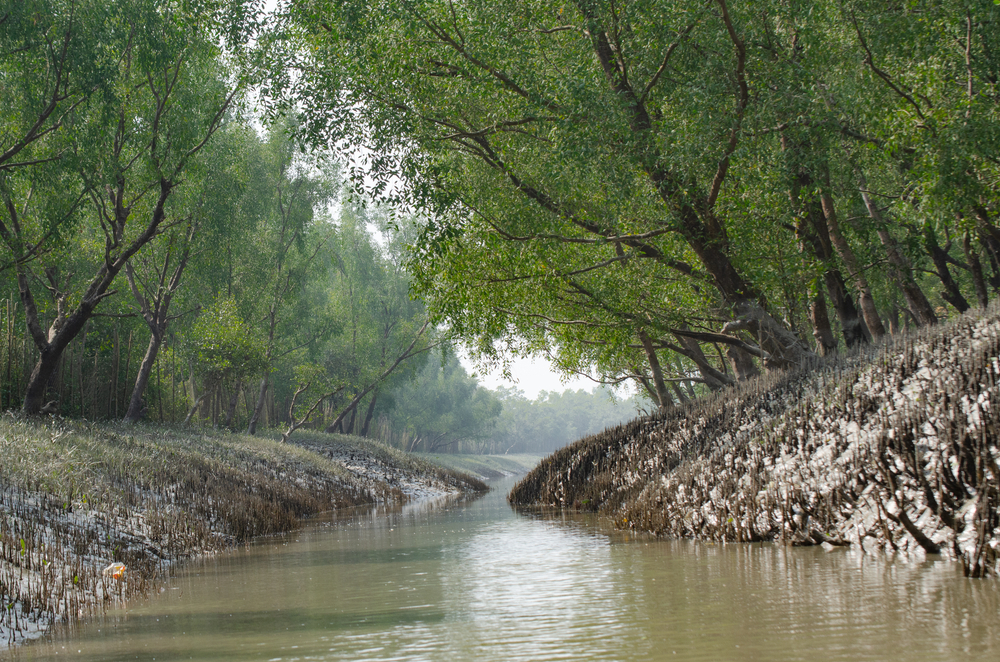
Sundarban Mangrove Forest is a UNESCO world heritage site. This enchanting mangrove forest is the biggest in the world.
Although a larger part of the forest is in Bangladesh, some parts are also situated in India.
This forest is a heritage site because it is home to some exotic and vulnerable species. For example, the Sundarban Mangrove Forest is home to the remaining Bengal tigers.
Therefore, tigers rule the forests of the Sundarban Mangrove.
The Sundarban Mangrove Forest helps you to feel more connected to nature. The experience in this forest is one of a kind and an experience you won’t forget!
3. Sylhet
Sylhet is situated in the northeastern part of Bangladesh. This city is known as one of Bangladesh’s cultural and spiritual centers.
No wonder it is a famous stomping ground for chai merchants and folk poets.
A fascinating site here is the Surma River, which passes through the center of Sylhet. In addition, from the northern bank of the river, you can see the historic 19th-century Ali Amjad Clock.
Furthermore, moving away from the river, there are majestic tall mosques. One of Bangladesh’s most visited pilgrimage sites is the 14th-century saint Hazrat Shah Jalal.
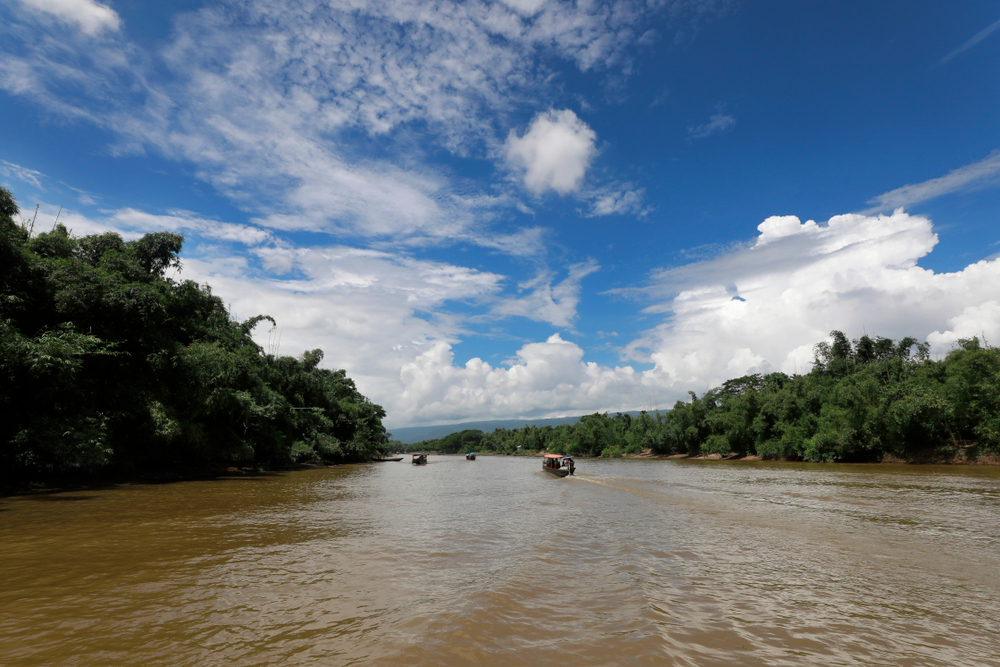
Sylhet is the largest tea producer in the country. Therefore, ensure you visit the Malnicherra Tea Estate to experience the natural beauty and aroma of the plants.
Another place to visit is the national parks for various outdoor activities.
4. Old Dhaka
The capital of Bangladesh is Dhaka, a densely populated metropolitan city. This city has attractive modern architecture, like Bangladesh’s assembly building (designed in 1983 by Louis Kahn), which is called Jatiya Sangsad Bhaban.
The most enchanting part of the city is Old Dhaka. There are various historical and cultural structures, such as the pink Ahsan Manzil Museum, the 12th-century Hindu temple Dhakeshwari Mandir, and the Mugal-era Lalbagh Fort.
Other places worth exploring include the Church of the Holy Resurrection, an Armenian Apostolic church; the Northbrook Hall; Ruplal House, a crumbling merchant’s house; and the Ahsan Manzil.
5. Chittagong
This city is second only to Dhaka in size and progress. One of the best natural locations near this city is the exquisite Chittagong hill tracts.
Other popular natural spots for tourists include the Bhatiary Lakes, Boga Lake, Karnaphuli River, Guliakhali Beach, Naval Beach, and Patenga Beach.

The city also has something for museum lovers. Tourists can visit the Zia Memorial Museum, Museum at Chittagong Circuit House, and the Chittagong Art complex to enjoy some artwork.
If you are planning a family vacation, the family can have fun at the amusement park at Foy’s Lake, a safari park, and a zoo.
A must-see location for religious enthusiasts is the Shrine of Bayezid Bostami. In addition, you cannot come to this city without indulging in the local cuisines – the Kala Bhuna and Mezbani Kacchi.
6. Saint Martin Island
Saint Martin Island is a small but famous island you can explore in one visit. It is situated near the Bay of Bengal and Cox’s Bazar.
Many tourists visit the island because it is free from pollution.
Fun things to do on the island include appreciating the beauty, taking cool pictures, cycling, scuba diving, and gazing at the sky (moon gazing or star gazing is particularly satisfying because it magnifies the beauty of the island).
In addition, there are delicious foods, drinks, and snacks while you explore.
After having your fill of the Island, you can rent a speedboat to visit Chhera Island or Chhera Dweep.
7. Kaptai Lake in Rangamati
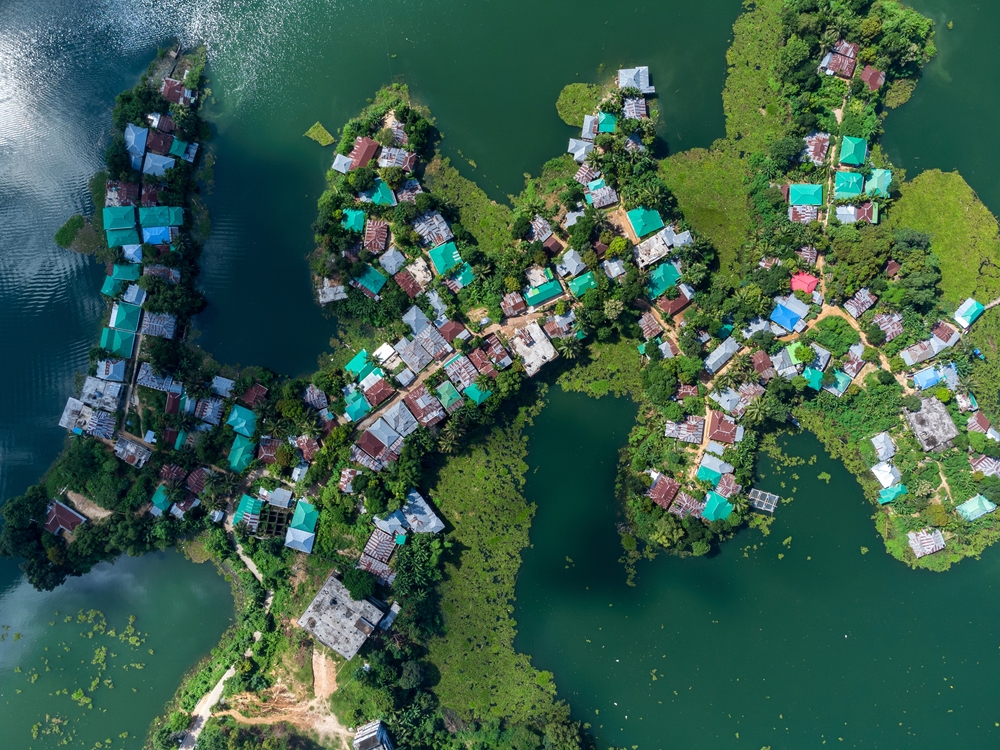
Kaptai Lake is an artificial, yet enthralling lake surrounded by lovely hills. One of the best things to do is get on a boat and enjoy the beautiful environment.
The best thing about this lake is that you can visit it at any time of the year. However, during the rainy season, the lake and fountains get a new enchanting beauty that leaves you in awe.
Suppose you want to have a serene day. Visit the Kaptai Lake in Rangamati for an unforgettable experience.
A Brief History of Bangladesh’s War
Pakistan ruled Bangladesh for about 23 years after which Bangladesh gained independence through resistance, protests, and war.
They gained independence on March 26th, 1971, after the victory of Bangladesh nationalists in Dhaka. The war lasted for nine months.
Here are some highlights of the war:
Bengali Nationalism
The Bangladesh Liberation War describes the revolution by the Bengali nationalists. Before the war, Bangladesh was ruled by East Pakistan.
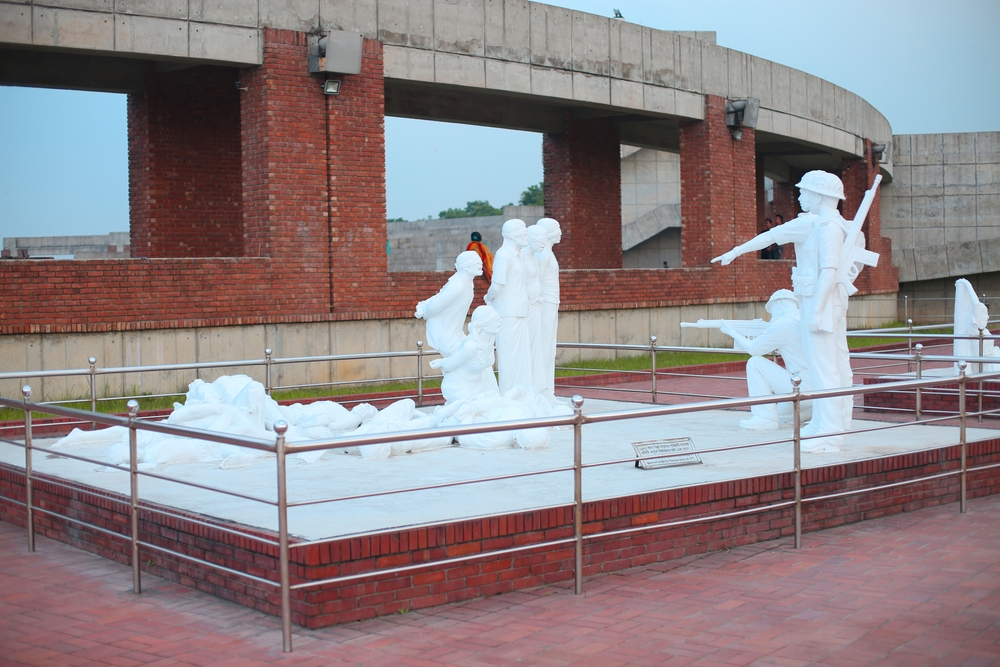
Most of the population, including civilians and militia in East Pakistan, joined the revolution against the oppressive rule of West Pakistan.
The Bengali and Pakistanis were separated by about 1600km. This partition was the beginning of the tension between Bengalis and Pakistanis.
The Pakistani rulers tried eradicating the Bengali language from the education system and suppressing the Bengali voices and culture.
Therefore, the Bengali people were enraged and decided to stand up for themselves.
Pakistan declared Urdu as its official language. However, despite multiple calls on the issue, they refused to acknowledge Bengali as a second language.
As a result, the language movement was born in 1951, further fueled the Bengali nationalist movement and the Awami League.
The Awami League conducted an election that Sheikh Mujibur Rahman won. However, East Pakistan protested the formation of a government by the Bengalis.
Yahya Khan, the Prime Minister, enforced martial law in Bangladesh.
The Liberation War
The Liberation War took nine months before the Bengalis got their victory. The West Pakistan military group, pro-Pakistani Islamist groups in Bangladesh, which include the mercenary armies called ‘Razaksars’ and the Bangladesh Jamat-e-Islam, raped about two to thousand women and killed two to 3 million Bangladeshis.
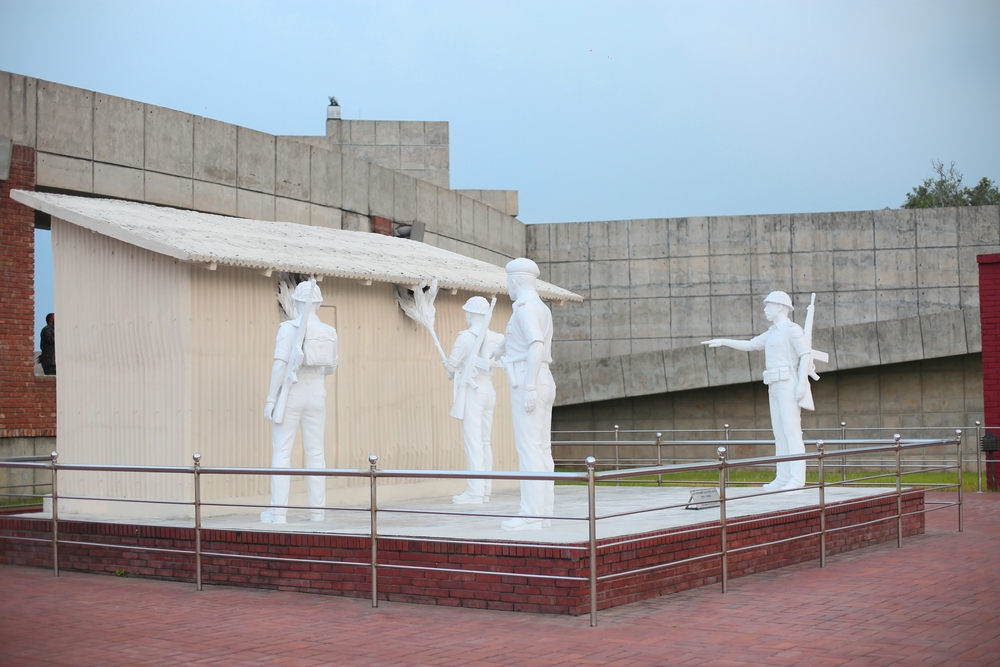
The Bangladeshi nationalists were unfazed by the size of the Pakistani and Islamic forces against them.
They believed Pakistan’s goal was to force them to seek refuge in India so they would be permanently displaced from the land.
The Bangladesh army fought back valiantly under the leadership of Mukti Bahini.
India joins Bangladesh’s war against Pakistan
Since India shared a border with Bangladesh, many individuals sought refuge there. The Prime Minister of India, Gandhi, provided diplomatic, military, and economic support to Bengali nationalists.
However, on December 3, the Pakistani Air Force carried out surprise attacks on 11 Air forces in India.
This caused outrage and prompted the full involvement of the Indian troops in the war against Pakistan.
These Pakistani attacks were the genesis of the feud between India and Pakistan. However, with the extra forces from India, the Bengali nationalists regained Dhaka on December 16, which led to the freedom of Bangladesh.
Therefore, we cannot talk about Bangladesh’s liberation and independence without mentioning India’s contribution.
India played a significant role in helping the people of Bangladesh gain Independence.
The Liberation war is a historic symbol of the power of revolution. In addition, Independence Day – December 16 – celebrates and honors the friendship between Bangladesh and India.
Massacre of the educated community

The Pakistani government hated the Bengali intellectuals because they were the core of Bengali nationalism in East Pakistan.
The Bengali intellectuals were also responsible for the 1952 language movement, which forced Pakistan to adopt Bangla as one of the official languages.
The Pakistani government did all it could to undermine and squash this movement. However, the Bengali intellectuals were not fazed.
Instead, they were motivated to find ways to free their people from oppression.
As a last resort, the Pakistani government planned the execution of Bengali intellectuals. December 14, 1971, was a bloody day for Bengali intellectuals as a significant percentage were executed.
After the independence, the people began celebrating the Day of Martyred Intellectuals to honor them.
Atrocities committed by the Pakistani Army
The Pakistani army killed, raped, and tortured many women during the Liberation War. Some Bengali sources report that about 200,000 women were raped.
Other sources indicate that the number is higher, reaching almost 400,000. However, Pakistani sources claim the numbers are lower.
Apart from rape and murder, the Pakistan army kept women as sex slaves. The Indian forces and the Mukti Bahini took the Pakistani stronghold and freed many women.
Sheikh Mujibur Rahman distributed a book by Nilima Ibrahim titled Ami Virangana Bolchhi (“I, the heroine, speak”).
This book contained the experiences of women raped during the war.
Final Thoughts

This south Asian country was ruled by Muslim, Hindu, and Buddhist empires before British colonization in 1700.
However, British rule ended in 1947. Bangladesh was under military government for 15 years, but democracy was restored in 1990.
Many of its people depend on agriculture because the soil is fertile. In addition, many of the world’s textiles come from Bangladesh.
Finally, the largest mangrove forest, which is home to some of the threatened species on earth, can be found in Bangladesh.


